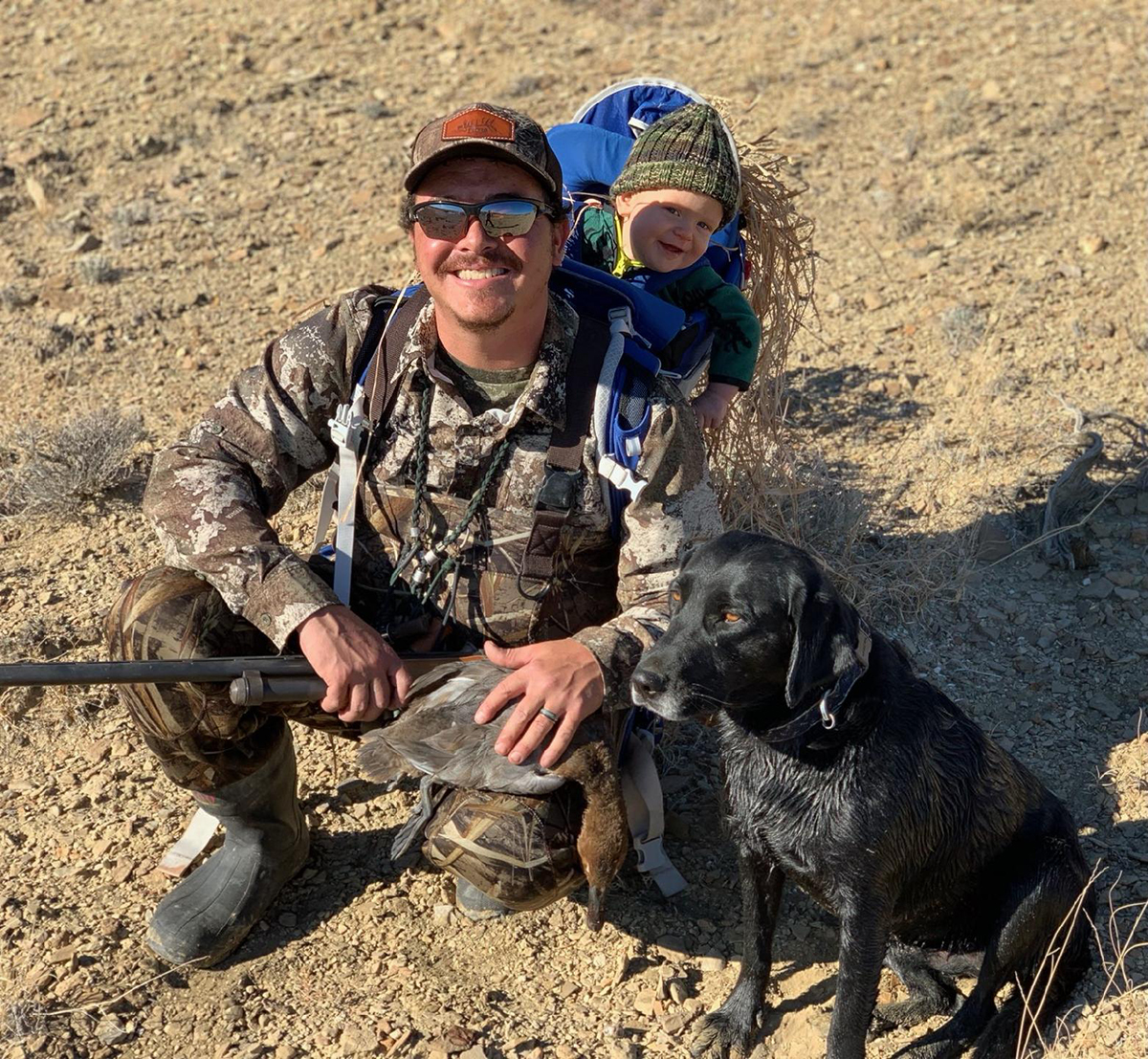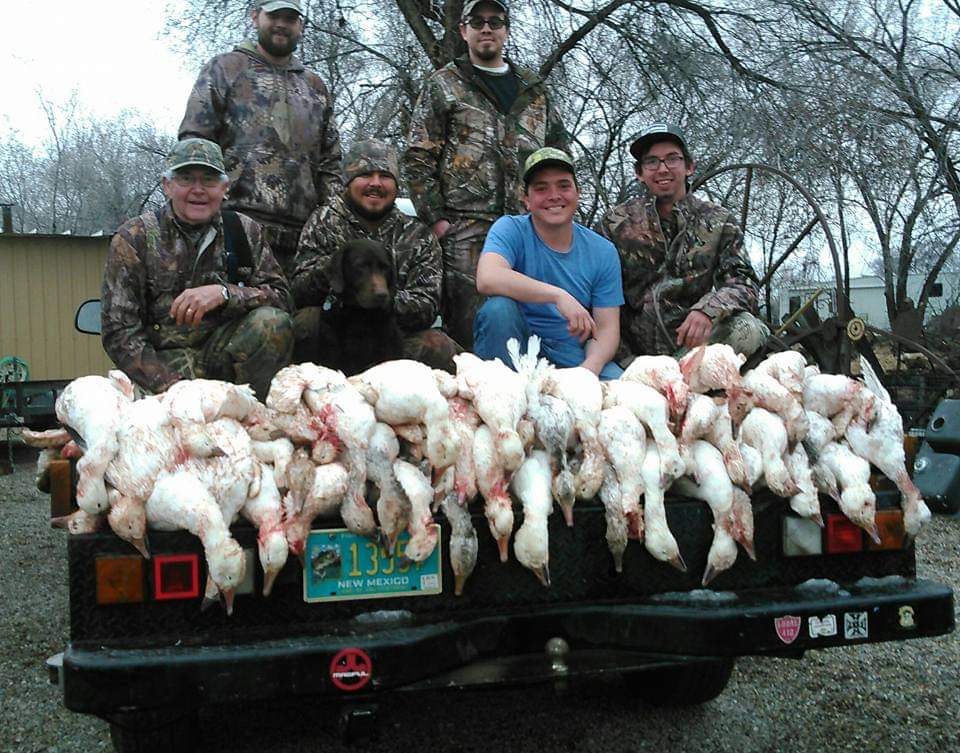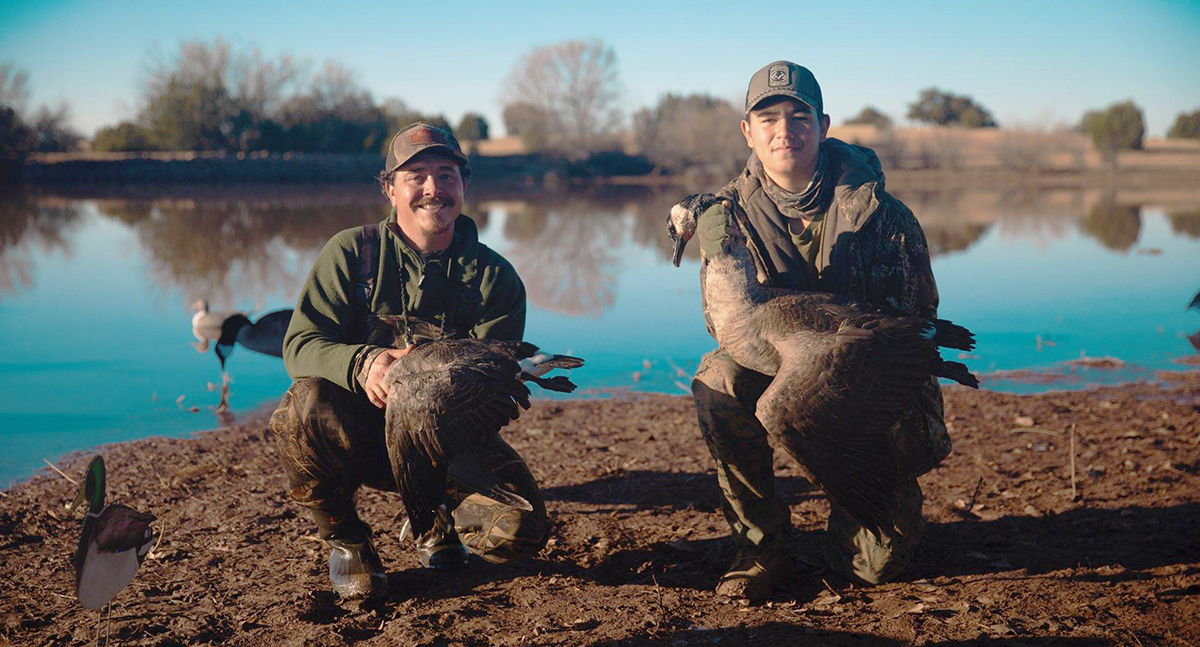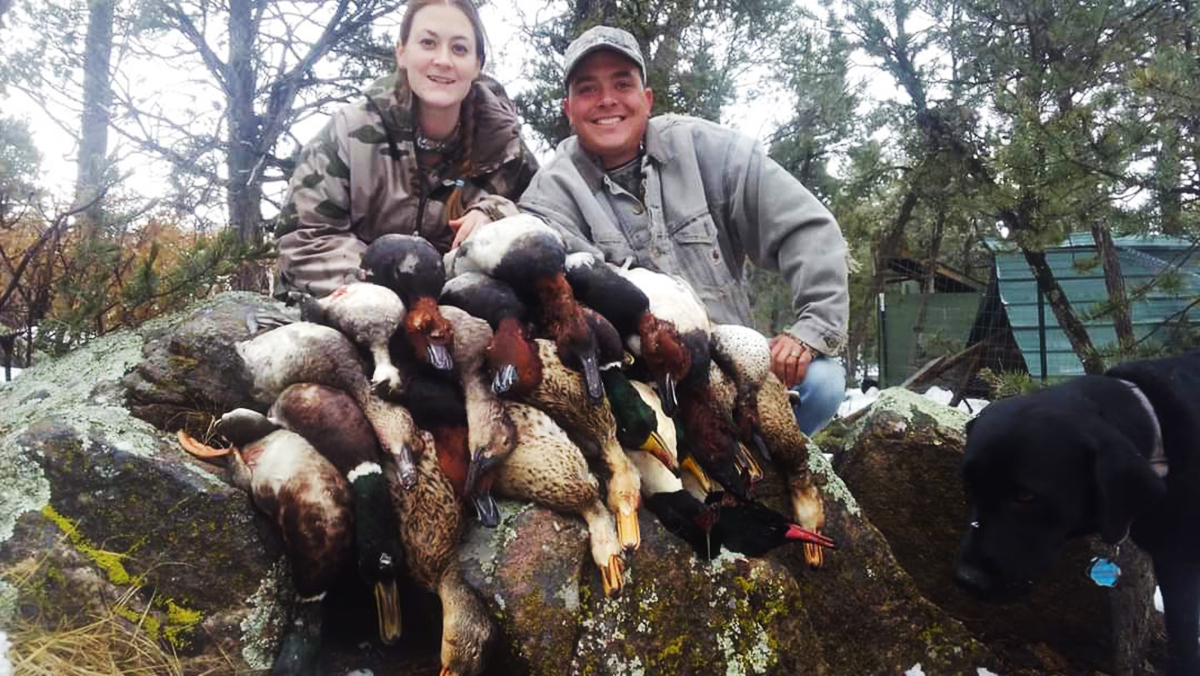Recently passed legislation has made it possible to do more for habitat and climate resilience in rural America—if we spend once-in-a-generation funds in the right places
When it comes to creating wildlife habitat on private farms, ranches, and forest land, U.S. Department of Agriculture conservation programs are key. These programs are usually authorized and funded only once every five years, as part of the Farm Bill, but several programs recently received a huge one-time infusion of cash in order to boost their climate benefits.
When something like this happens, the hunting and fishing community needs to have a voice in how these dollars get put on the ground. Without our input, practices with no fish and wildlife benefit, or even those that are harmful to habitat, might be funded. That’s why the TRCP and 14 of our partners last week made recommendations to USDA leadership about the wise investment of private land conservation dollars from recently passed legislation.
These investments will empower America’s farmers, ranchers, and forest landowners to play an even greater role in reducing greenhouse gas emissions, sequestering carbon, and mitigating the impacts of climate change. Of equal importance, they do so within the time-tested and landowner-supported framework of locally led, voluntary, incentive-based programs.
To assist the USDA in maximizing the positive impacts of this once-in-a-generation opportunity, we offered the following principles and guidance.
Enhance Conservation Technical Assistance
When wisely applied, the newly available funding for Conservation Technical Assistance can produce substantial climate benefits. Qualified staff, who have earned the respect of their local communities, are essential for program success. We encouraged the USDA and NRCS leadership to work with State Technical Committees to identify where these technical assistance funds can be targeted to fill pressing agency staffing gaps and enhance program delivery. Additionally, investments in a broad suite of climate-smart agricultural and forestry practice training certifications, such as conservation planning and wetland delineation, and competitive staff compensation are all necessary to meet our climate and broader conservation goals. Finally, we recommend that USDA expand technical assistance resources to support external partnerships with government and non-government partners. These partnerships strengthen USDA’s landowner outreach capabilities and connect USDA Service Centers to broader external expertise and resources.
Prioritize Win-Win Practices
Many, but not all, current climate-smart agricultural conservation practices provide multiple benefits for wildlife, biodiversity, drought adaptation, and water quality, in addition to emissions reductions and carbon sequestration. These multi-beneficial practices, such as range planting, upland wildlife habitat management, riparian forest buffers, and riparian herbaceous cover should be prioritized, as should multi-beneficial practices that are not currently categorized as climate-smart, such as wetland restoration, wetland enhancement, and prescribed burning.
First, Do No Harm to Wildlife
Effective and practical climate-smart agricultural practices and supporting practices vary based on climate, soil type, and agricultural system. The NRCS should consider using regionally developed, ecologically appropriate practices and scenarios with guidelines and payment rates designed to effectively reach the goals stated in recently passed legislation. These lists should be vetted to maximize their climate benefit and avoid incentivizing practices that negatively impact fish and wildlife.
Remove Barriers to Implementation
To implement these generational investments equitably and with appropriate urgency, non-statutory match and cost-share requirements should be reduced or waived whenever necessary. These requirements are a barrier to implementation in many areas, but especially among historically underserved communities. The NRCS should immediately broaden their definition of significant partner contributions and reiterate that there are no financial match requirements within the Regional Conservation Partnership Program.
Boost Participation in the RCPP
This program has the potential to create innovative, partner-driven climate solutions, but is currently hamstrung by administrative barriers. To reach this program’s potential, alternative funding arrangements and granting authority should be emphasized, practice standards should be flexibly applied, and project agreement approval and renewals should be streamlined. In addition, Supplemental Partner Agreements should be used consistently. Currently, allocations are open to interpretation and costs associated with Hourly Rate Charges are unrecoverable, which discourages program participation.
Retain Existing Habitat with Easements
The value of conservation easements for achieving our nation’s climate goals can be best realized by recognizing that maintaining stored carbon, including on wetlands and grasslands of special significance, and avoiding conversion of farmland, ranchland, and forestland to residential and urban development are as important as creating additional sequestration. Targeted Agricultural Conservation Easement Program easement acquisitions will maximize the return on investment, as will using a portion of newly available RCPP funding to acquire easements.
Don’t Overlook the CRP
Despite its outsized potential for carbon sequestration and emissions reduction, the Conservation Reserve Program did not receive new funding in recently passed legislation. The USDA should work to fully implement the CRP through its existing authorities and should apply new funding to lasting grassland, wetland, and forest restoration and management projects through other programs wherever possible.
Boost Native Grasses
In all programs that did get a boost from legislation, there is a significant opportunity to increase the incentives for and the use of native plants, where ecologically appropriate, to increase climate resiliency, forage availability, water security, and provide habitat for wildlife and pollinators. USDA Plant Materials Centers play a key role in enabling these outcomes, as do local and community-based nurseries and seed producers, most of which are currently unable to meet demand. Support for these crucial research and production entities is needed to achieve our climate goals.
Don’t Slack on Compliance
Pressure to achieve ambitious goals may tempt staff to ignore conservation compliance requirements. USDA leadership should clearly and consistently communicate that Highly Erodible Land, Sodsaver, and Swampbuster provisions must be enforced in accordance with statute. Failure to do so will directly counteract efforts to reach our nation’s climate goals.
At the TRCP, we recognize that realizing this incredible opportunity will require a great deal of work and ingenuity within USDA and among partner organizations, and we appreciate the public servants who are making it happen. We also understand that investing these dollars to enhance on-the-ground conservation of private lands will be an adaptive process, and our staff stands ready to provide additional and more detailed support to decision-makers as they move forward.
Learn more about Farm Bill conservation programs here.










Climate change is caused by humans and is happening fast! The evidence is everywhere!
Give me a break I live in Trinity co CA and it has gone to shit in the river for salomam and deer hunting I havent seen a blue gross in over 30 years something hse to change
Regardless of the cause we outdoorsman have seen change and it’s impact on our world. In our society it has become common and acceptable to sit in your car and wait for coffee or food. It’s time we change regardless of climate. And when we do we can bring positive health changes and environmental changes as well. Let’s change from being the softest and weakest physical society in the world to something better.
I live in Washington state and I never thought we would not have enough rain for salmon to get up river. They are in trouble more ways than one. Water temperature is also a major problem. It’s killing fish in the Columbia.